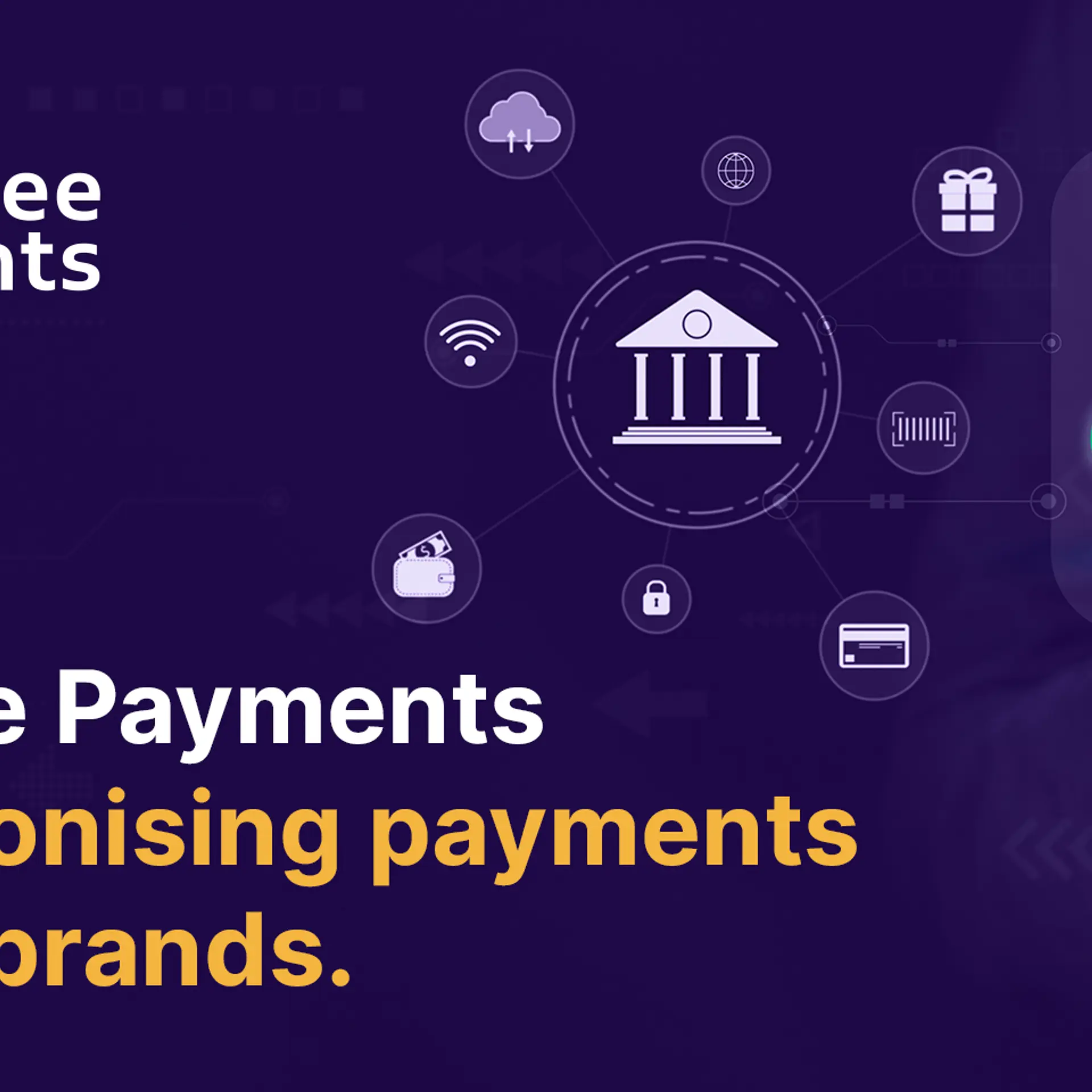[Women in Tech] The pandemic has given us the opportunity to bring more women to the forefront, says Daisy Chittilapilly of Cisco
Daisy Chittilapilly, MD, Digital Transformation, Cisco India and SAARC, speaks to HerStory about her tech journey, what can be done to attract and retain more women in the workforce, the importance of networking, and why every organisation must have an equal opportunity mindset.
COO Sheryl Sandberg spoke for all womankind when she said: “We need women at all levels, including the top, to change the dynamic, reshape the conversation, to make sure women’s voices are heard and heeded, not overlooked and ignored.”
And everywhere across the world, women are paying heed and doing more than their bit.
Leading the way is Daisy Chittilapilly, who has over 25 years of experience in the IT sector. She started her learning curve at Wipro in1995 and has since then risen to the top as a woman leader in tech. Daisy leads India and SAARC's Digital Transformation Division, and her initiatives contribute more than 20 percent to Cisco India's revenues.
During the pandemic, her team worked along with Teslon Technologies to develop an ICU cart for primary COVID-19 treatment centres in Karnataka to facilitate remote monitoring of isolation wards.
Daisy holds a BTech from College of Engineering, Thiruvananthapuram, and a post-graduate certificate in general management from XLRI, Jamshedpur. She currently serves as a member of the domestic council focused on the IT sector in India.
Despite the advances, Daisy believes that there is still room for reimagining the gender disparity in the tech industry and organisations need to step up and take proactive measures to involve more women in STEM.
In a conversation with HerStory, Daisy Chittilapilly talks about Cisco’s mentoring programmes, why every organisation should have an equal opportunity mindset, and her illustrious journey in tech.

HerStory (HS): Tell us a little about yourself.
Daisy Chittilapilly (DC): I grew up in Thiruvananthapuram and went to a girls-only school. It was very liberating to be in an environment that didn't assign gender-specific roles, and one could aspire to be anything one wanted to be. Those formative years helped when I went to engineering college at a time when women were still in the minority. I always had a scientific temperament, so the path into STEM was a given.
HS: Take us through your journey in tech?
DC: I have been in the IT industry for over 25 years now, having started my career in 1995 with Wipro in frontline sales. Back then, there were fewer women in the field, and that was a learning curve all on its own. I always say Wipro is my career alma mater; my experiences and exposure there set me up nicely for my journey at Cisco.
I have been with Cisco for the past 16 years, leading positions across sales management in Enterprise and Commercial businesses and Strategy and Operations. I've had the privilege of shaping our global business with Indian IT service providers and of leading the Cisco India and SAARC partner organisation, where my team and I focused on building new programs that helped Cisco and our partners grow profitably. This led to Cisco India having one of the best partner networks in the industry.
Currently, I lead the strategic engagements, software, and services sales for Cisco India and SAARC, and my focus continues to be on partnering enterprises and government in their digital journey. A key element of that is working with ecosystems on solutions that make business outcomes possible. I have been fortunate in my career, and especially at Cisco, to have had great mentors and peers who have made my professional journey enriching and fulfilling.
HS: Tell us about your role in driving digital transformation in several states. Can you also detail some interesting experiences/anecdotes?
DC: During the pandemic, Cisco, along with Teslon Technologies, developed an ICU cart for primary COVID-19 treatment centres in Karnataka to enable remote monitoring of isolation wards. The ICU cart saves time, allows doctors to treat more patients, and helps keep health workers safe while providing a secure way for loved ones to support the patient.
In April 2020, we set up a war room at the Ministry of Health, New Delhi, for GIS depiction of pandemic hotspots across India to synchronise cross-departmental efforts at containing the pandemic. The digital dashboarding efforts have now been replicated in Chhattisgarh, Karnataka, and Telangana, and 20 other cities of India (lockdown protocol, density monitoring, agency coordination, etc.). We have also enabled business continuity for over 200 government organisations across 26 state and central government entities, and helped them stay connected and collaborate securely and seamlessly. Additionally, around 400 police stations in Telangana connected on WebEx to manage lockdown protocols.
To digitally empower the farming sector in Kerala, we have collaborated with Kerala State IT Mission to bring the benefits of digital technology and data science to farmers. The custom-created ADI Platform provides access to a data repository containing end-to-end farming data and farmer profiles.
HS: How did you face the challenges of working in a pandemic?
DC: Like most enterprises, our first concern during the pandemic was providing a safe, secure, and inclusive workplace for our people. Since 85 percent of our workforce had the option to WFH before the pandemic, there was not much readjustment required there. Hence, our focus was on making our employees' experience working from their homes as seamless and frictionless as possible.
One of the cornerstones of our digital strategy has been the simplification of processes and tasks that affect our employees, partners, and customers, and that really helped in our ability to make this happen.

HS: While there are a large number of women entering tech, what more can be done to attract and retain them in the workforce?
DC: Though we have made remarkable progress over the years, we still have a lot of room to reimagine the gender disparity in the tech industry. According to a report by Catalyst, in STEM education itself girls comprise 50 percent of science and 30 percent of engineering students, which is higher than the US and EU, but even then, women only make up about 30 percent of the workforce in the IT sector.
To improve the disparity, organisations need to facilitate a change in mindset, and I genuinely believe that as the pandemic drove businesses to adopt a remote way of doing business, it has given us the opportunity to bring more women to the forefront.
Diversity is needed in the tech industry, as it allows companies to create improved and innovative products that take everyone into consideration and not just one section of society. Here, organisations, especially enterprises, need to step up and take proactive measures to involve more women in STEM.
At Cisco, we have various STEM initiatives to empower women to join the tech industry. Cisco's Networking Academy has trained over 260,000+ students in India in the last 12 months, of which 30 percent are women. Additionally, we also have Women Rock-IT Program, a live-broadcast event showcasing women leaders in the tech space who can inspire more women to join the industry.
HS: Why is networking absolutely essential for women in tech?
DC: Networking can help women create long-term mutual relationships that can be critical to navigate their careers and help build professional relationships that can facilitate learning, idea-generation, skill-building, and more. It can also help young women who are starting their careers identify role models and mentors – like established women leaders, entrepreneurs, and investors, who could take up mentoring and guiding them to pursue careers in tech.
HS: Why do you think there are very few women in leadership positions in tech?
DC: Lack of diversity is one of the biggest problems the tech industry faces. Despite significant growth in the number of women-led startups, India was still ranked 52 out of 57 countries on the Index of Women Entrepreneurs 2019. And according to a recent study by the Reserve Bank of India, less than six percent of startups were led solely by women in 2019.
I feel the biggest reason is the challenge of maintaining a work-life balance; it becomes increasingly difficult for women to strike a balance between family and work, often leaving them exhausted and with no time for themselves. Organisations should implement initiatives to encourage women to come back and join the workforce after a break, develop IT skills, and earn industry-standard certifications to promote greater female participation in the global economy.
HS: Why should every organisation have an equal opportunity mindset?
DC: The pandemic is building a different world filled with complexities yet brimming with opportunities. Today, the need to have diverse representation in the workplace is no longer an option but a business imperative across all industries. The key is to find the best talent and explore new possibilities for their business, hence, there is no room for any bias. There are three significant ways in which truly diverse organisations benefit over their less diverse counterparts – innovation, talent, and revenue.
True collaboration, true leadership, and true success are only possible when one values and embraces a full spectrum of diversity, be it gender, generation, race, ethnicity, orientation, ability, religion, background, culture, experience, and strengths.
HS: Who/what have been your biggest inspirations?
DC: My earliest role models were my parents, who instilled in me all the values that have stood me in good stead through the years - hard work, humility, integrity, grit, and resilience.
HS: What are your future plans?
DC: I've never been one with a five-year plan! But I'm always looking for ways to create impact – whether at Cisco, for our customers and partners, or in the community.
Edited by Teja Lele


![[Women in Tech] The pandemic has given us the opportunity to bring more women to the forefront, says Daisy Chittilapilly of Cisco](https://images.yourstory.com/cs/4/8e7cc4102d6c11e9aa979329348d4c3e/WST-1613922412240.png?mode=crop&crop=faces&ar=2%3A1&format=auto&w=1920&q=75)
![[Women in Tech] Women on boards lead a broader view in key decisions: Padmaja Kota, Salesforce](https://images.yourstory.com/cs/4/8e7cc4102d6c11e9aa979329348d4c3e/Women-in-Science-and-TechHerStory-1612073151993.png?fm=png&auto=format&h=100&w=100&crop=entropy&fit=crop)




